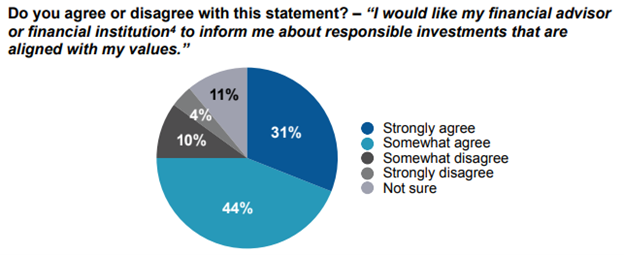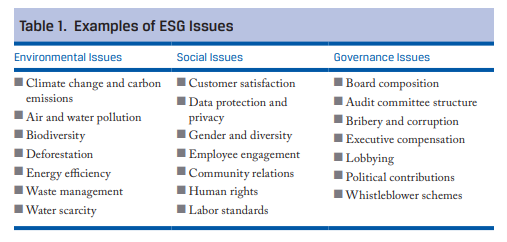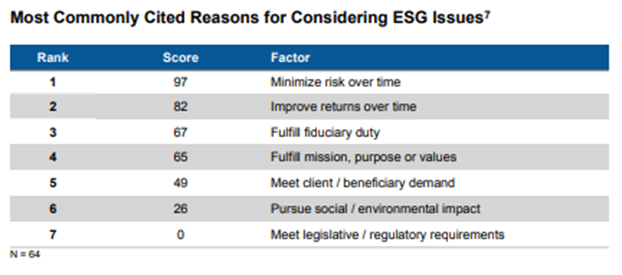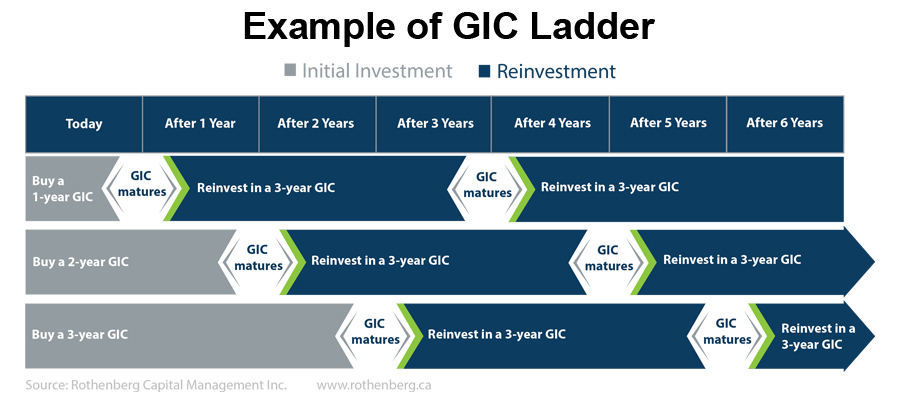Smart Strategies to Manage University-Related Costs for Families with Multiple Children
Between tuition and other-related expenses, post-secondary education, especially during these times of high inflation, can be a significant financial burden on families with multiple children. What are some smart strategies to manage these costs? Our experts suggest some options.
The rising expense of post-secondary education, at a time when inflation is skyrocketing and other areas of life are becoming more expensive, may prompt you to worry about how you will be able to provide this opportunity for your children. The cost of tuition, coupled with other university-related expenses like textbooks, electronics, and living accommodations can be a significant financial burden on families, especially those with multiple children.
You may deem the costs of your child’s post-secondary education as necessary, but also consider them to be quite expensive. The good news is that you don’t have to foot the bill all at once and there are a few things you can do as parent to manage and ultimately reduce these expenses when you have several children. There are even a few things you can encourage your child to do as they pursue their university education in order to manage their school-related expenses.
1. Consider opening a family RESP plan.
Many families opt to open one RESP account per child but managing multiple accounts can be difficult. That’s why a family RESP is a great option for families with multiple children. While you may be investing in a single account, RESP contributions are tied to your child’s SIN, so your financial institution knows which child receives the contribution. In turn, investment earnings can be shared among your children. You also have the flexibility to allocate funds to other qualifying beneficiaries if one beneficiary does not pursue higher education or if education costs differ among them.
2. Take advantage of the Canada Education Savings Grant (CESG).
The CESG program, which is available to everyone, provides an excellent incentive for families to begin saving for their child’s education as soon as they can. This RESP grant matches 20% of the first $2,500 contributed each year to a RESP of an eligible child under 18 up to a yearly maximum of $500 and a lifetime maximum of $7,200. If you contribute annually from when your child is born, the grant will max out in 14 years. Quebec residents can receive an added incentive in the form of an additional 10% grant called the Quebec Education Savings Incentive (QESI). While many believe the age-old adage “There’s no such thing as free money,” the Canadian government is essentially giving you “free money” to put towards your child’s education. You can find out more about the CESG grant here and the QESI here.
3. Co-sign your child’s student line of credit application.
A student line of credit is a flexible financing option for students that helps them pay for post-secondary education expenses such as tuition or books and can also be used to fund day-to-day expenses such as food and transportation. Much like a credit card, the money borrowed must be repaid with interest. However, a student line of credit tends to have more favorable interest rates than your standard credit card and the interest charged is only on the money borrowed. Oftentimes, a financial institution will require a co-signer who will be responsible for the debt should the student be unable to pay. This is where you as the parent can step in. Co-signing your child’s student line of credit may be a good way to help them establish credit, for instance. You can find more information about student lines of credit on the Government of Canada website here.
4. Explore additional ways to pay for your child’s post-secondary education.
Savings plans like a RESP may not be enough to cover the costs of your child’s university education so you may consider financial assistance. Financial assistance can be anything from the CESG mentioned above to student loans to scholarships, grants, and bursaries, which provide tuition assistance that does not need to be repaid. One misconception is that you need to be low income to benefit from any of these options, but that is simply not the case. Scholarships, for example, can reward academic achievement regardless of income level.
5. Give your children a primer on good money habits.
Along with the above strategies, financial education and being money-savvy goes a long way in helping to manage any large expenses like post-secondary education. You may have instilled good money habits in your children as they grew up, but it’s never a bad idea to go over the bases as a reminder. While tuition costs tend to be foreseeable, many other university-related expenses are variable costs and there are usually ways to reduce those costs. For example, for food, you may encourage your child to take a college meal plan or cook at home rather than order out as ordering out can be quite expensive. Of course, there are many other ways to reduce costs and save money that you should educate your children about, such as keeping an eye out for student discounts, avoiding out-of-network ATMs, and using a credit card in the most efficient manner. These money habits can add up over time and can make a noticeable difference.
Advisors like us help clients all the time work towards their financial goals and over the years, we’ve helped countless families with choosing the right investments to build savings for their children’s education. For more information on how we can help, email us at inforequest@rothenberg.ca.













